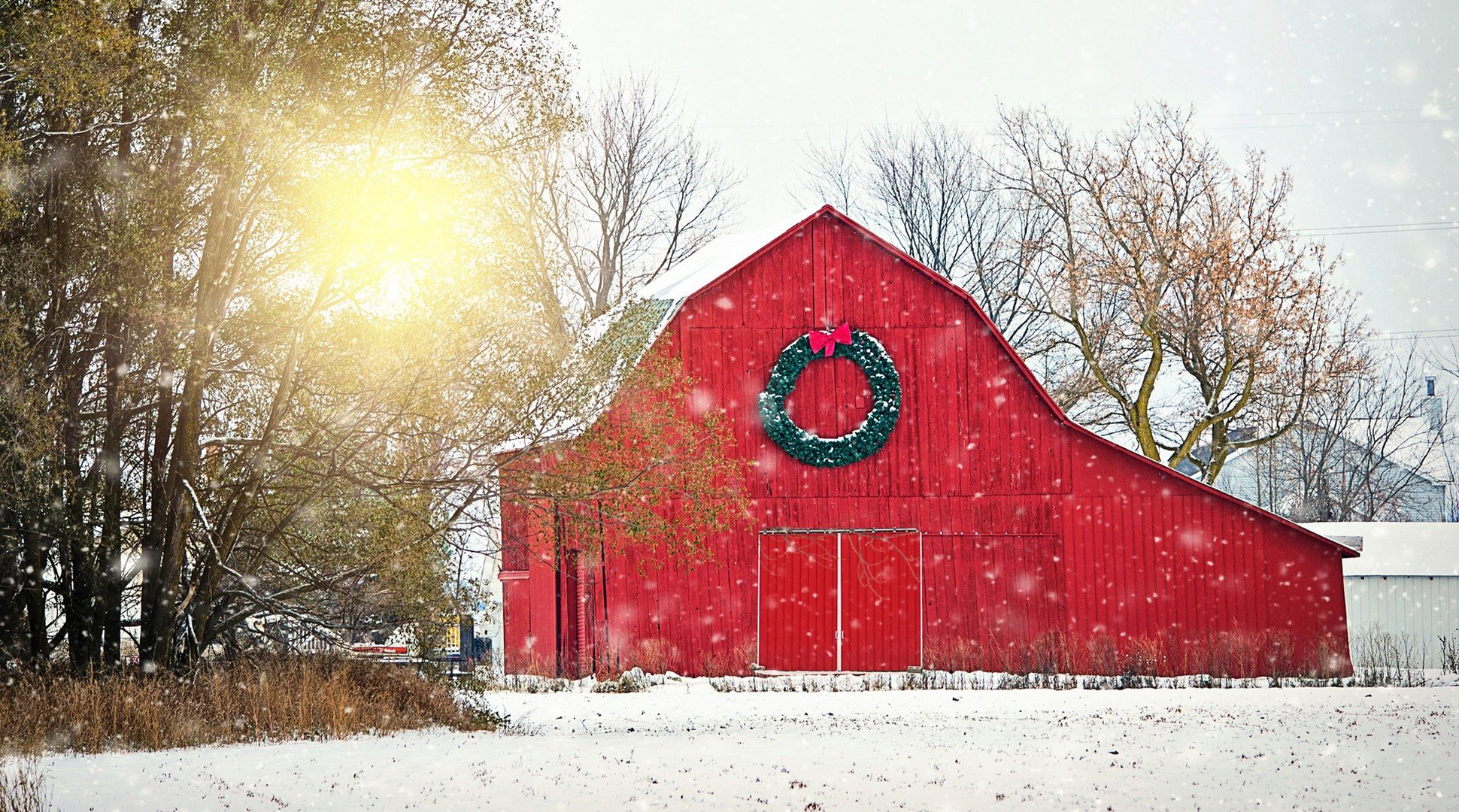Image by Jill Wellington from Pixabay
By Robert Giblin
Christmas and the holiday season bring a festive array of elaborate meals, tree decorating, and gift shopping, and American agriculture touches all these cherished traditions. Although few Americans have direct connections to farms or ranches, they appreciate that U.S. agriculture produces the greatest selection of affordable food found anywhere in the world. Those who cut or buy real Christmas trees also know that those trees come from a farm. But fewer may consider how farmers grow the cotton and wool for clothing, and that agricultural commodities are used in making buttons, plastics, housewares, personal and industrial products, electronics, and thousands of other products used day-to-day or given as holiday gifts.
For many Americans, gift shopping is now a frenzy with Black Friday and, increasingly, Cyber Monday. Gifts, snacks and foods for holiday meals are now purchased online. American agriculture plays a role not just in the products consumers buy, but in building the smart phones, tablets and computers they use to shop online, and the electricity used to power them. The perceived benefits of online shopping – low prices, a greater selection of products, quality guarantees and home delivery – may seem modern, but also trace their origins to farming and rural America.
American agriculture touches many cherished holiday traditions, and farmers and ranchers are proud to contribute to holiday celebrations past, present and future.
Older farm family members often recount how Thanksgiving marked the turning point for thoughts to turn toward both Christmas and the New Year, just as it does now. More than a century before Black Friday and Cyber Monday, rural Christmas shopping began just a few days after Thanksgiving, with the arrival of “wish books” in the form of thick catalogs from Sears, J.C. Penney, Montgomery Ward and, in later years, machinery and seed dealers.
Christmas catalogs linked rural families to the outside world, helping them stay apprised of the latest in fashion and household products. Family members would pore through the catalogs, marking items they wished for, in hopes that “Santa” would take notice. Sometimes, children would make up life stories about catalog fashion models. Sometimes clothing would be ordered, but pictures or drawings of the new fashions also might serve as inspirations for home-made clothing. Wish books also played a role in establishing the economic foundation to justify rural mail delivery, as 300-500 page catalogs and ordered goods were delivered to farms and rural families. Ordering and delivery could take weeks. On-time delivery for the holidays, and finding ways to hide the presents – especially larger ones, like bicycles – often presented challenges.
Among founders of three of the retailers that dominated national catalog and department store sales for decades, only James Cash Penney came from a farm – he was born on a farm outside of Hamilton, Missouri. Sears and Montgomery Ward were built on serving rural America. In the 1800s, farm families shopped at locally owned department stores or general stores – often on credit, at high prices, and with only a narrow selection of goods. Both Aaron Montgomery Ward and Richard Sears saw opportunities to improve the availability, quality and pricing consistency of goods for farmers and rural consumers, and began distributing catalogs in the late 1800s.
While the means of holiday shopping and celebrating have since evolved, traditional concepts and their origins in rural America remain: real Christmas trees; bountiful holiday meals incorporating a vast array of foods from U.S. farms and ranches; and, most importantly, the spirit of giving all shared with family and friends.
America’s farmers and ranchers are happy to contribute to holiday celebrations past, present and future. On behalf of America’s farmers and ranchers, and all involved in American agriculture, have a joyous and safe holiday season, and best wishes for the New Year.
Robert Giblin writes, speaks and consults about agricultural and food industry issues, policies and trends.
